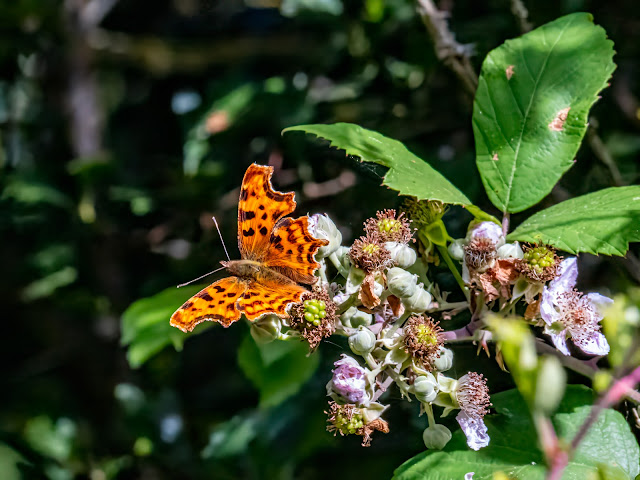This evening at 5 p.m., I saw a single Swift heading "swiftly" north.
This is the first record from my flat this year. I have also seen a few Swifts around St. Nicholas Church again this year starting with my first record on 11th May 2024 but the scarcity of sightings both locally and elsewhere is undoubtedly a very concerning reflection of the sharp and continuing decrease in the Swift population across the UK in recent years.
In the UK, the Common Swift, usually referred to as just the Swift, is a summer visitor from late April to late August.
The UK's Swifts are in trouble. It is estimated that their population has deceased by 57% between 1995 and 2017, primarily due to the application of pesticides and habitat destruction which has affected their insect food supply. The modernisation of many buildings has also resulted in the loss of roof nesting sites. More information can be found at Swift Conservation.
Swift Mapper is again running this year and more information can be found here. This enables anyone to easily record their Swift sightings and contribute to the national database.
In addition to the Swift seen in the UK each summer, I have also seen 2 other European species on many occasions, principally in southern Europe: Alpine Swift and Pallid Swift. I have, however, recorded both these species in the UK, the former at RSPB Minsmere in Suffolk in May 2003 and at Chafford Hundred in Essex in April 2010 and the latter at Kessingland in Suffolk in April 2010.
I have yet to see a Little Swift or White-rumped Swift, both of which are expanding their range from Africa in to southern Spain and breed very locally there.
Love nature .... act now
Stay safe, stay well, stay strong, stay connected with nature































